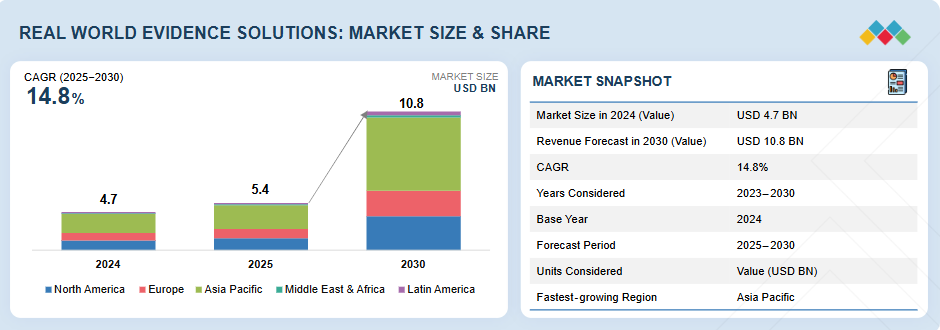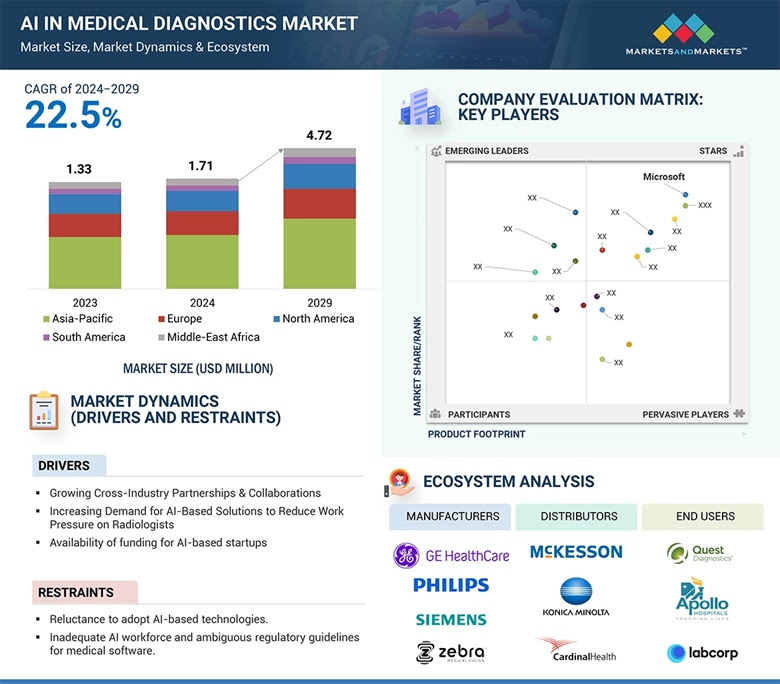Why Pharma’s Tech Stack Is Failing, and How Integration Fixes It
Every pharma CMO today proudly lists their tech stack: Salesforce or Veeva CRM, Adobe Experience Manager, Drupal or Sitecore CMS, Power BI dashboards, and a handful of automation tools. On paper, it looks like digital transformation. In reality, it’s often a patchwork of platforms that barely talk to each other. We’ve seen this story repeat across dozens of clients. The issue isn’t a lack of technology. It’s the absence of Pharma Tech Stack Integration, the connective tissue that turns multiple tools into one coherent marketing system.
Without integration, every campaign becomes a manual exercise in exporting, merging, and reconciling data. Reports take days, not minutes. Compliance checks get buried in email threads. And despite millions spent on digital infrastructure, ROI remains invisible. Digital maturity isn’t about what tools you have. It’s about how seamlessly they work together.
The Real Cost of Disconnection
When systems don’t integrate, everything slows down. A CRM records HCP interactions but doesn’t sync with content analytics. The CMS stores approved assets but doesn’t update field teams when new ones are live. Power BI dashboards show engagement, but marketing automation tools can’t act on it. The result?
- Fragmented visibility.
- Redundant campaigns.
- Conflicting reports.
- And wasted spend.
We once audited a top-five Indian pharma company whose CRM had 40,000 doctor records, half were duplicates. Their marketing cloud showed 70% lower engagement simply because it was counting the wrong audience. That’s not a data issue. That’s a structural one.
True Pharma Tech Stack Integration ensures that every platform shares a single identity model, unified data schema, and synchronized event layer. Without that backbone, every digital initiative is built on shifting ground.
How Integration Actually Works
Integration isn’t glamorous, but it’s where ROI is born. At a technical level, integration connects five key layers:
- CRM layer – where customer and HCP relationships live (Salesforce, Veeva, Zoho).
- Content layer – CMS or DAM systems housing approved assets (Drupal, AEM, Bynder).
- Engagement layer – automation and communication tools (HubSpot, Marketo, WhatsApp APIs).
- Analytics layer – dashboards and data warehouses (Power BI, Tableau, Google BigQuery).
- Compliance layer – approval and audit systems tracking every campaign.
The goal isn’t to replace these systems; it’s to make them interoperable. APIs, data lakes, and middleware orchestrate the flow so that:
- A doctor’s click on an email updates CRM instantly.
- A new asset approval in CMS triggers field availability.
- Campaign outcomes appear in dashboards in real time.
That’s Healthcare MarTech done right- connected, compliant, and continuous.
The Tool Is Never the Problem
Every few months, a new platform promises to solve everything: AI-powered analytics, omnichannel automation, unified engagement. CMOs switch vendors, run new pilots, and hope for transformation. But switching tools without fixing integration is like buying a new engine for a car with broken wiring. It still won’t start. We’ve seen companies migrate from Veeva to Salesforce, or from Adobe to Drupal, thinking performance issues will vanish. They don’t. The same delays and blind spots follow, because the underlying data architecture stays fragmented.
When we design Pharma Tech Stack Integration, our job isn’t to choose sides between vendors. It’s to design a bridge that lets every tool do its job while feeding the same source of truth. Technology works best when it’s invisible.
Why Integration Is a CMO’s Responsibility
For too long, integration has been treated as an IT problem. It isn’t. It’s a marketing performance problem disguised as a technical one. CMOs own the outcomes that depend on data unification- speed to market, engagement quality, and ROI. If systems can’t exchange data, campaigns can’t be personalized, compliant, or measurable. Owning integration means owning visibility. It means being able to answer, in real time:
- Which doctors engaged with what content?
- What triggered that engagement?
- How much did that action cost, and what did it return?
- Those answers don’t come from reports. They come from architecture.
Anatomy of an Integrated Stack
When we re-engineer marketing systems, we start by mapping every data flow: where information originates, where it needs to go, and what transforms it along the way. A typical modern Pharma Tech Stack Integration looks like this:
- Unified Data Layer: All systems feed into a governed repository with consistent IDs and taxonomies.
- API Middleware: Secure connectors ensure two-way data flow without manual exports.
- Event Bus: Real-time triggers activate automation across systems.
- Compliance Engine: Every action logs approval metadata for audit.
- Visualization Layer: Dashboards pull data directly from the unified source; no Excel stitching.
With that foundation, marketing systems behave like one platform. A new campaign idea doesn’t require days of setup; it’s a few API calls. That’s how CMOs regain agility.
Integration and the Compliance Advantage
In pharma, compliance isn’t optional. Every asset, message, and interaction must be traceable. Without integration, that traceability breaks. When CRM, CMS, and analytics operate independently, there’s no single audit trail linking content approvals to engagement outcomes. That’s a risk.
Integrated stacks solve it elegantly. Each asset carries a compliance token that travels across systems, from CMS approval to CRM usage to analytics reporting. Auditors can see exactly when, where, and how a message was used. No email chains. No version confusion. Integration doesn’t just speed compliance; it proves it.
The Platforms CMOs Are Betting On (and Why They Struggle)
Right now, most pharma CMOs are investing in three major areas:
- Customer Relationship Platforms: Salesforce Health Cloud, Veeva CRM, and Microsoft Dynamics.
- Content Ecosystems: Adobe Experience Manager, Drupal, and modular DAMs.
- Analytics & Insights: Power BI, Tableau, Google Looker, and Snowflake.
Each of these platforms is powerful alone. Together, they’re chaotic if unmanaged. A typical scenario: Salesforce tracks HCP visits, Drupal hosts campaign content, and Power BI visualizes engagement. But without event-level integration, those systems never exchange context. Marketing teams still chase screenshots and CSVs to explain performance. That’s why Healthcare MarTech today isn’t about who has the most platforms; it’s about who connects them best.
Moving from Data Hoarding to Data Flow
Pharma companies have no shortage of data; they just don’t know where it lives.
- Sales data in CRM.
- Content metadata in CMS.
- Compliance records in SharePoint.
Without integration, each department builds its own truth.
- Sales sees one number, marketing another, and analytics a third.
- The fix is architectural: design for data flow, not data storage.
- APIs replace attachments. Pipelines replace exports.
- Event streaming replaces weekly syncs. Every doctor interaction, content event, and approval flows in real time through a governed bus. That’s what makes analytics predictive and engagement responsive.
- Data starts moving fast enough for marketing to act, not react. Integration as the Foundation for AI
- AI can’t learn from disconnected systems. If your data is siloed, every AI investment will underperform.
Once integration unifies data, AI models can analyze engagement patterns, predict next best actions, and optimize spending automatically. We’ve seen clients unlock true value from AI only after completing Pharma Tech Stack Integration. Before that, their models were starved of clean, continuous data. AI isn’t a switch you flip. It’s a system you feed. And integration is what feeds it.
Common Integration Myths
- “Integration takes too long.”
Not if it’s modular. Modern middleware allows phased rollouts- CRM first, then CMS, then analytics. Each layer adds value without waiting for the entire stack.
2. “Integration is expensive.”
Disconnection costs more. Manual data handling, duplicate campaigns, and compliance delays bleed budgets silently. Integration pays for itself in months.
3. “Our tools already integrate.”
Plug-and-play isn’t integration. APIs that push data one way are not systems that share logic both ways.
Real integration aligns workflows, not just data.
Measuring the Impact
Once the stack is integrated, ROI becomes measurable in plain terms:
- Time-to-launch: Campaign setup time drops by 40-60%.
- Engagement accuracy: Duplicate or mismatched data falls by 70%.
- Compliance efficiency: Review turnaround reduces by half.
- Attribution clarity: Each conversion ties directly to its source.
These are not theoretical metrics; they’re recurring outcomes we’ve seen across pharma clients who committed to architectural unification.
Integration creates compounding efficiency. Every campaign becomes easier than the last.
Why IT Alone Can’t Deliver This
Integration projects fail when left solely to IT because success depends on marketing logic. IT understands systems; marketing understands outcomes. The architecture must honor both. When we build Pharma Tech Stack Integration, we start with CMO objectives, speed, personalization, and compliance, and work backward into system design. That’s how the result stays business-driven, not tool-driven.
The Boardroom Perspective
Boards no longer ask “Do we have Salesforce?” They ask “Why can’t we see ROI in real time?” That’s the right question. Integration is the answer. When every system contributes to one data story, performance becomes self-evident. Integrated stacks turn marketing from a cost center into an intelligence engine. They make analytics part of decision-making, not post-mortem reporting. For leadership, that’s the confidence they’ve been waiting for.
The Road Ahead
The next decade of Healthcare MarTech will be defined by interoperability. New regulations, decentralized care, and AI-driven engagement will demand seamless data flow. Pharma companies that still run isolated stacks will be locked out of that future.
Those that invest in integration now will move faster, personalize better, and measure deeper. We’re past the era of tool accumulation. This is the era of connection.
Technology doesn’t fail pharma marketing. Architecture does. And the cure isn’t another platform; it’s Pharma Tech Stack Integration done right. Integration is the quiet hero behind speed, compliance, and ROI. When systems finally speak the same language, marketing starts speaking the language of outcomes. That’s what separates companies that run campaigns from those that run ecosystems.




